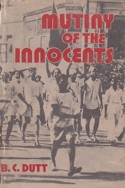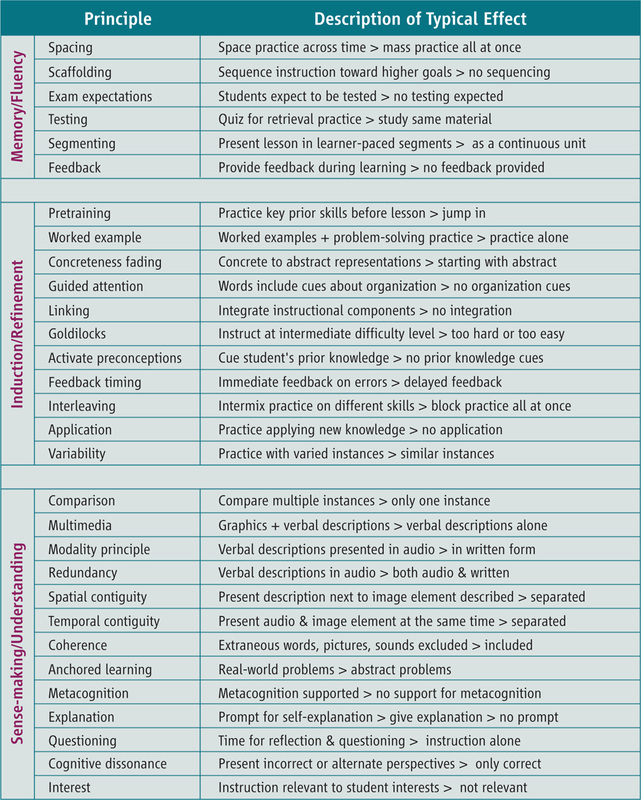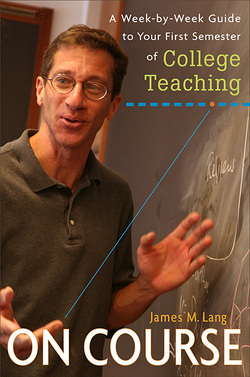In February and March of 1946, thousands of Indian sailors rallied together, seized ships and shore establishments throughout the subcontinent, and, for a brief moment in time, tried to hand the reins of military power to India's nationalist leaders. The strike failed. Though fighting occurred, most of it took place among civilians and soldiers in the streets of Bombay, rather than on the ships and dockyards of the Indian military. The low-ranking sailors--known as 'ratings' in the parlance of the British military--stumbled into revolutionary action. The Towards Freedom documents and B.C. Dutt's Mutiny of the Innocents show that slow post-war demobilization, lousy military grub, and British racism served as the most proximate causes of the mutiny; these are better antecedents to a strike than to a rebellion. Up to 12,000 naval ratings took part in the strike, and some 20,000 were affected (cf Towards Freedom). Very few British or Indian officers took part, and those that did assumed minor roles. During the mutiny, the striking naval ratings formed a committee, secured communication channels with one another, and then sought help from nationalist leaders. But the nationalist leaders in Congress and Muslim League knew that freedom from Britain was virtually inevitable; only the Communist Party responded to their cries for assistance. The Communists called for a Bombay-wide hartal, or strike. Students and workers responded; they took to the streets, burned government vehicles and stations, and formed barricades against the authorities. Local government forces cleared the streets, but not without hundreds of shootings. Congress and Muslim League leaders, including Gandhi, Nehru, Patel, and Jinnah condemned the hartal, and its bloody results. Meanwhile, the Communists celebrated the bravery of the students and workers, as well as the absence of communal violence between Hindus and Muslims.
The ratings quickly realized their precarious position. Admiral Godfrey, commander of the Royal Indian Navy, warned them that the Indian Army and Air Force would destroy the navy rather than let the mutiny continue. After small bursts of violence at Castle Barracks and the HMIS Hindustan, most of the ratings surrendered in a process negotiated by Congress leader Sadar Vallabhbhai Patel.
The Communist Party had gamely attempted to co-opt the strike into revolutionary action, thereby upsetting India's entrenched political parties. The gambit failed. The subcontinent's final steps towards independence took place within the conference rooms of the elite; true social revolution became an impossibility.
Banerjee's The RIN Strike interprets these events through a Leninist perspective. Unfortunately, Banerjee writes with the relentless energy of a Marxist propagandist, rather than a historian interested in revealing a factual account of the proceedings. In some ways, his book serves as a useful window into revolutionary action as understood from a colonial perspective. Banerjee colorfully evokes the spirit which transformed quiet Indian sailors into revolutionary actors, and then back again; the mutiny was a remarkable instance of uncoordinated collective action, and collective action's sudden collapse. The book also helpfully depicts the violence at Castle Barracks and the HMIS Hindustan, two places where D.C. Butt's The Mutiny of the Innocents (a first-person narrative) could not explore, as he had little first-hand knowledge of these events. Still, unlike Dutt's book, Banerjee's Leninist approach blinds the book to much of what occurred. Individual character completely falls by the wayside. Euphemisms such as the 'brave rating,' the 'victimised rating' and the 'strike leader' stand in for specific individuals; by dropping the names, Banerjee prevents fact-checking, and masks the identity of the participants. The author typically attributes quotes to an anonymous 'someone,' and rarely attempts to specifically identify the speaker. Some of the quoted discussions go on for over a page; the author states at the beginning of the book that he was not present for these discussions, and thus his tone and style combine to produce an historically dubious account of the RIN mutiny.
I think we must forgive the author for some of his tone, since he wrote the manuscript shortly after the strike; furthermore, he was a staff member of The People's Age, the newspaper sponsored by the Communist Party. Banerjee's book is a document with an active political purpose, not a history book, and the author never intended otherwise (though he notes in the forward that he hopes his book's reissue might spur historians to reassess the strike). But I think it is helpful to point out the book's flaws, because it stands as the most widely disseminated account of the RIN mutiny. If the reissue of Banerjee's manuscript spurred additional studies, those studies never reached wide circulation in the English language.
The RIN Strike stands as the most widely read third-person account of the Royal Indian Navy Mutiny of 1946. It is an interesting, but deeply flawed text.



 RSS Feed
RSS Feed